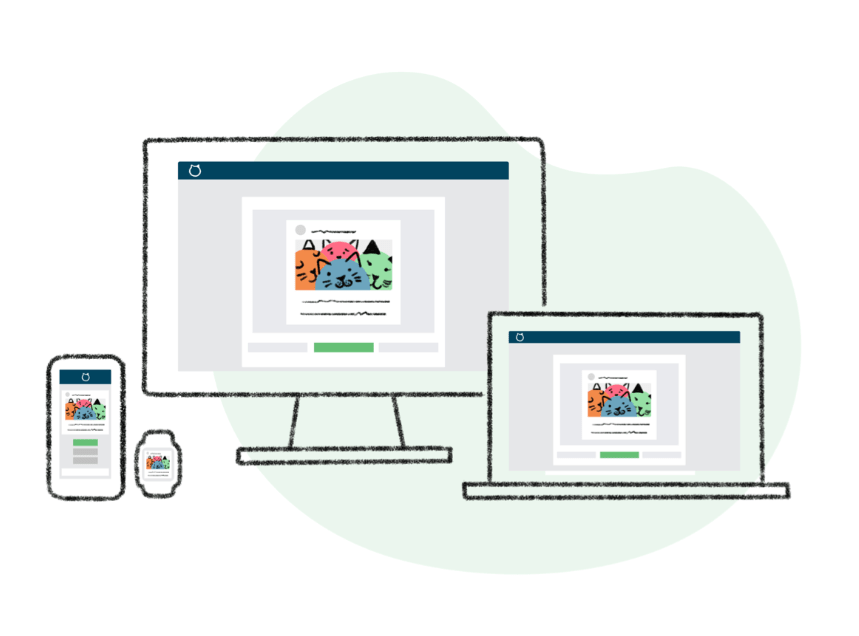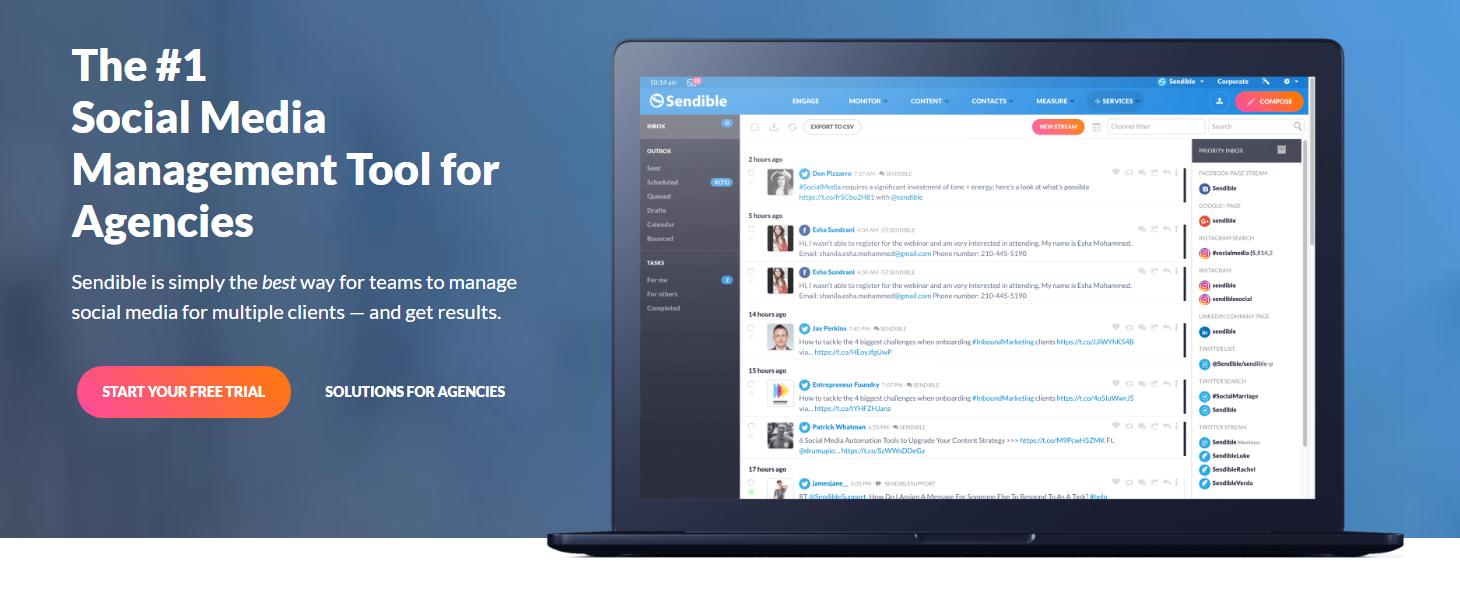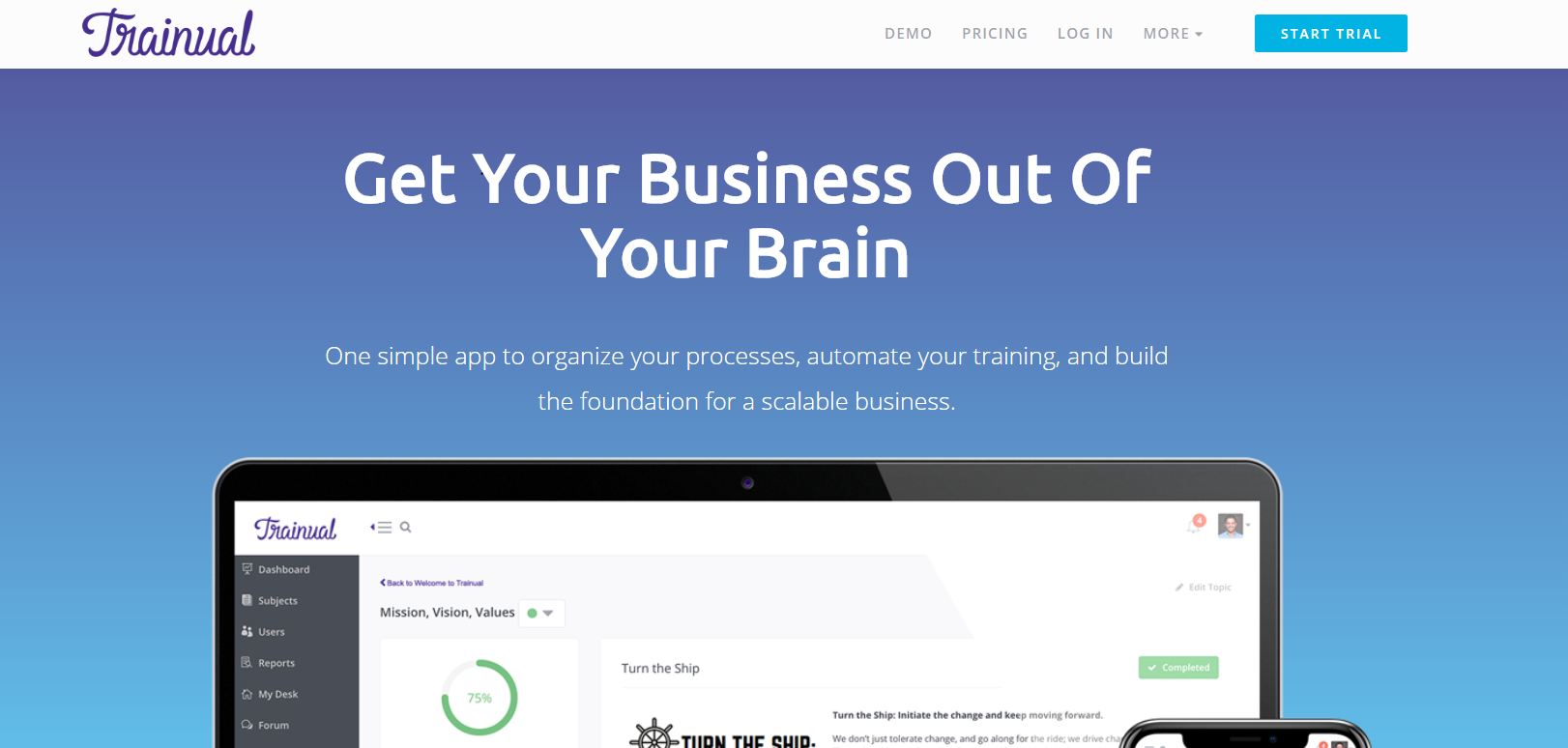Marketers Toolbox - Asana vs Monday.com
Who?
Asana and Monday.com are web-based project management tools that facilitate team collaboration.
Pricing?
Monday.com offers a free trial and begins pricing with it’s Basic plan for 5 employees at $25/month. This plan includes multiple column types, embedded forms, an activity log, iOS and Android apps, two-factor authentication, 24/7 support, and 5 GB storage. Upgrading to the Standard, Pro, or Enterprise plans increases the type of features offered and prices. Plans also become more expensive if the number of users increases.
Asana offers a Free plan for a basic version including unlimited tasks, projects, and conversations and basic search for 15 team members. The Premium plan starts at $9.99/month and includes a timeline, unlimited team members, advanced search and reporting, custom fields, task dependencies, comment-only projects, private teams, admin controls, customer success webinars, priority support, Google SSO, and the Free plan’s features. Users can trial the Premium plan. Members can upgrade to the Enterprise plan if necessary which includes the Premium features in addition to more advanced and specialized controls and organizational tactics. A representative will coordinate with the business to determine pricing.
User Friendly?
Average reviews for both tools are pretty positive. The tools help groups collaborate, coordinate, and manage tasks in a more organized fashion.
Monday.com offers a highly customizable interface but the product is fairly pricey for smaller companies.
Asana is confusing to understand at first but is flexible and boosts productivity once understood.
Features?
Monday.com allows multiple employees to communicate and collaborate on projects through emails, tags, notifications, and updates. The tool integrates with Dropbox, Google Drive, Pipedrive and displays progress and an execution board to keep everyone updated. Users have a personal and public dashboard where they can view and leave comments. Monday.com also offers a knowledge database to search for specific documents.
Asana increases accountability to businesses by providing a consistent structure that includes assigning tasks and attachments to team members. Users receive updates, notifications, and emails in real-time and have a task list to track priorities and due dates. Asana has boards, timelines, and project calendars to outline responsibilities and other team members can comment or follow. Sections organize the projects and a search function helps users navigate through the site.
Asana is a more affordable tool that offers in-depth calendar timelines to help users visually track their projects. Though both tools are well-liked by users and help increase productivity, Asana wins due to it’s ability to outline and track projects until completion in a more comprehensive and simple way.
Every company and every tool is different. Each tool presents a variety of capabilities, strengths and weaknesses, but ultimately gets the job done. Since no tool is perfect, remember to think about the goals of the company, which features are imperative to the company’s success, and why the tool is needed in the first place. After an evaluation of personal goals, feel free to use the trials of each tool and assess which tool best fits with the staff and company.










Companies who track their Net Performance Score (NPS) and measure success based on the client’s input are more likely to improve and increase customer satisfaction. Surveys are a great tool to give the customer a voice and listen to the customer’s needs to provide the quantitative metrics to leverage change within a company.